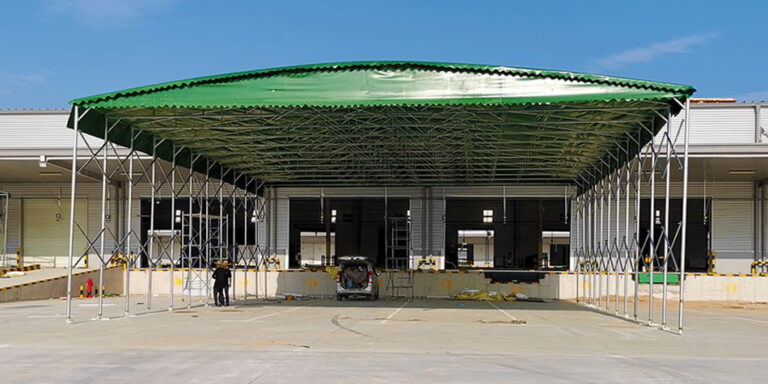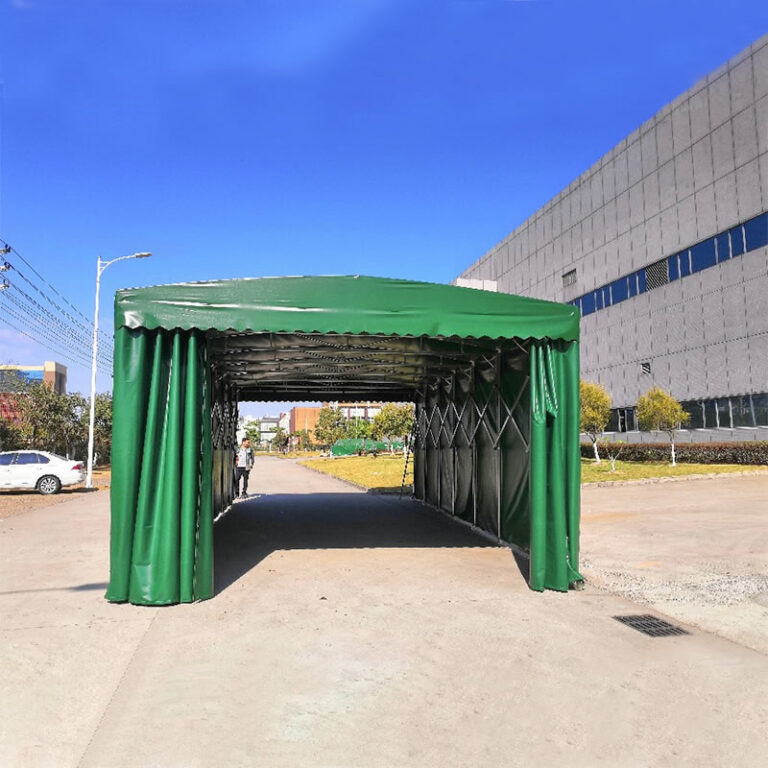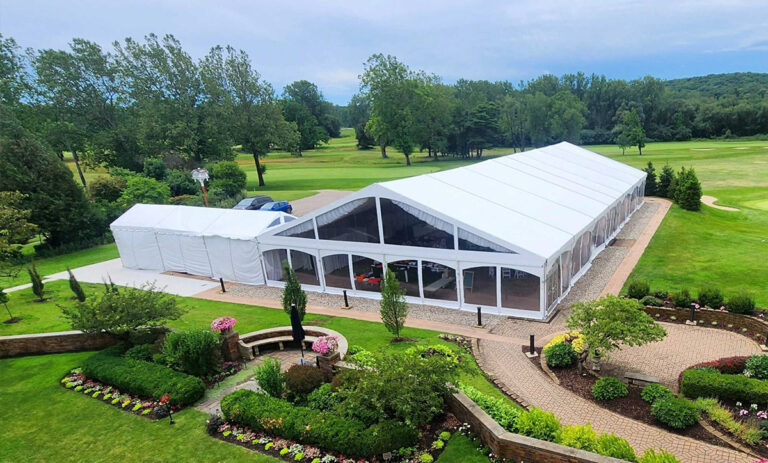What is Tent Structure?
Temporary structures have been a cornerstone of human ingenuity for centuries, offering refuge, utility, and versatility. From nomadic tribes crafting makeshift shelters to modern-day innovations accommodating large-scale events, the evolution of tent structures is a fascinating journey. In today’s fast-paced world, tent structures have transcended their rudimentary origins, becoming indispensable across industries such as events, disaster relief, and industrial applications.

Defining Tent Structures
At its core, a tent structure is a temporary, fabric-covered framework designed for myriad applications. Unlike traditional tents that serve primarily as personal or recreational shelters, modern tent structures are engineered to provide robust, customizable spaces for diverse needs. These advanced designs combine lightweight materials with cutting-edge construction techniques, resulting in durable and adaptable solutions.
Key Components of Tent Structures
Tent structures are composed of three essential elements. The framework, typically crafted from aluminum or steel, ensures structural integrity and weather resilience. The fabric coverings—ranging from PVC to polyester—are treated for fire resistance, UV protection, and waterproofing. Anchoring mechanisms, including stakes, ballast systems, or tension wires, secure the structure, ensuring stability even in challenging conditions.
Types of Tent Structures
Several categories of tent structures cater to specific requirements. Pole tents, supported by central poles and guy lines, are favored for their traditional charm and open aesthetics. Frame tents eliminate the need for center poles, maximizing usable interior space. Clear span tents offer unobstructed interiors ideal for large-scale applications such as exhibitions or industrial storage. Geodesic domes, with their futuristic design, provide unparalleled strength and visual appeal.
Applications of Tent Structures in Various Industries
Tent structures find utility across a spectrum of industries. In event planning, they transform spaces into bespoke venues for weddings, concerts, and corporate functions. During emergencies, they serve as temporary shelters, field hospitals, or command centers. Industrial sectors rely on tent structures for storage, workshops, and assembly lines, while sports arenas employ them for seasonal covers or additional seating enclosures.
Advantages of Tent Structures
The benefits of tent structures are manifold. Their flexibility in design allows them to accommodate unique requirements, from intimate gatherings to sprawling industrial setups. They can be assembled and disassembled rapidly, making them perfect for time-sensitive applications. Cost-effectiveness further cements their appeal, offering substantial savings compared to permanent buildings. Their portability and adaptability make them ideal for diverse terrains and environments.
Structural Engineering Behind Tent Structures
Tent structures are marvels of engineering, designed to withstand various stresses. The interplay of tension and compression ensures stability, while advancements in materials enhance their load-bearing capabilities. Engineers carefully calculate factors such as wind resistance and load distribution, ensuring the structure remains secure even under challenging conditions.
Environmental Impact of Tent Structures
In an era of sustainability, tent structures align with eco-conscious practices. Many are constructed using sustainable materials, reducing their environmental footprint. Their reusability and recyclability contribute to waste reduction, while modular designs allow for minimal resource use during deployment. Some modern tents even integrate renewable energy solutions like solar panels, enhancing their green credentials.
Challenges in Tent Structure Usage
Despite their advantages, tent structures face challenges. Extreme weather conditions such as heavy rain or snow can pose risks, necessitating careful planning and reinforcement. Security concerns, especially for public events, require robust measures to protect attendees. Additionally, adherence to local building codes and safety standards is paramount to avoid regulatory issues.
Customization and Design Options
Tent structures are highly customizable to meet specific needs. From branding opportunities with printed fabrics to tailored layouts for unique events, the possibilities are endless. Interior enhancements such as flooring, climate control systems, and lighting solutions further elevate their functionality and appeal.
Maintenance and Longevity
Proper maintenance is crucial to extending the lifespan of tent structures. Fabric coverings require regular cleaning to prevent degradation, while frameworks must be inspected for signs of wear or corrosion. Prompt repairs and adherence to a maintenance schedule ensure that the structure remains reliable over time.
Future Trends in Tent Structures
The future of tent structures is marked by innovation. Smart fabrics, capable of self-cleaning or adapting to weather conditions, are on the horizon. Integration with renewable energy solutions such as solar panels and energy-efficient lighting will further enhance their utility. As urban and remote areas alike seek versatile solutions, tent structures will continue to expand their reach and applications.
Tent structures represent a fusion of tradition and modernity, offering practical solutions across industries. With their adaptability, cost-effectiveness, and environmental benefits, they stand as a testament to human innovation in temporary architecture. Whether for events, emergencies, or industrial use, tent structures provide a versatile and dependable choice for dynamic needs.




